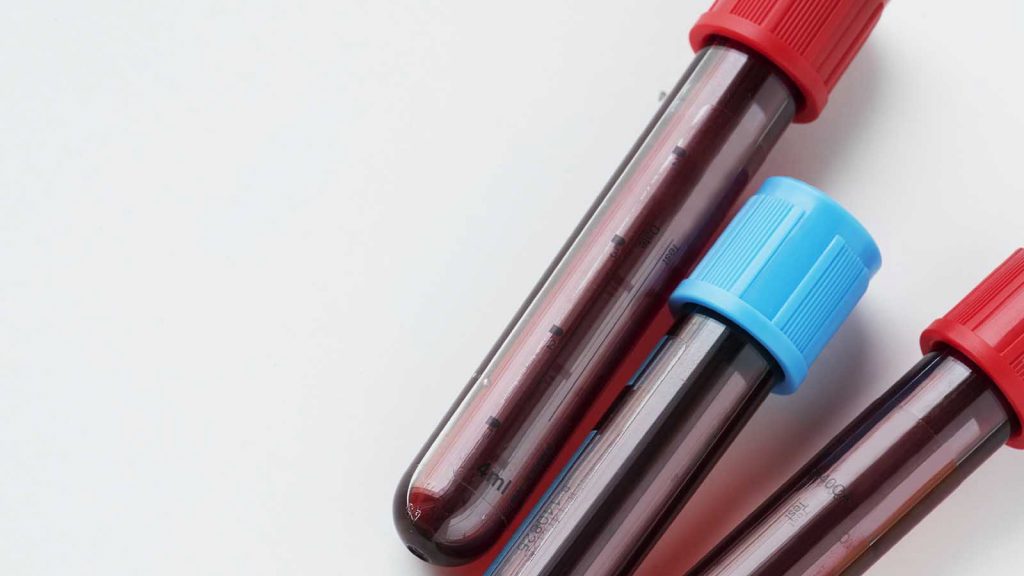As soon as we consume any type of drug through snorting, smoking, swallowing, or any other method, our body will begin to break the substance down. While that may sound simple, it is actually a very complex process. Every drug has its own unique journey through the body; however, no matter what drug someone uses, it begins in the bloodstream.
How Drugs Move Through the Body
When a drug enters someone’s body, it is naturally distributed through fluid and tissues. This is true for alcohol, illicit substances, and prescription medications alike. Most drugs do not spread evenly throughout the body and may gather in different areas at varying speeds. After drugs leave the bloodstream, they may move into different tissues of the body.

Are Drugs Stored In Fat Tissue?
Some drugs are stored in the body’s fat tissue, depending on a variety of factors. Fat-soluble drugs, specifically, concentrate in fatty tissues and dissolve in fat. Water-soluble drugs, in contrast, remain in the bloodstream instead of moving to fatty tissues.
Fat-soluble drugs enter the brain rapidly, meaning that people who take them will likely experience the effects rather quickly. Examples of fat-soluble drugs include some anti anxiety medications, like clorazepate, and certain antibiotics such as rifampin.
Individuals in certain groups are more likely to store large amounts of fat-soluble drugs than others. For example, people who are obese may store higher amounts of fat-soluble drugs than people who are thin. And older people, regardless of wait, also store high amounts of fat-soluble drugs. This is because the proportion of body fat typically increases with age.
Removing Drugs From the Body
Drugs that are stored in fat tissue usually break down naturally. While they are stored in fat tissues, evidence of these drugs can linger in a person’s hair, blood, and urine. Depending on the drug, they will remain in your blood, urine, and hair for a certain amount of time. LSD, for example, stays in the blood for about three hours. Cannabis, on the other hand, may remain in blood for anywhere up to 336 hours. Drugs can be found in urine for anywhere from three to 30 days and can be detected in hair for up to 90 days.
While drugs must leave the body naturally, there are many ways to relieve the symptoms that may come as the body removes a substance. Depending on the drug, there are different treatment methods that can not only help someone comfortably remove the substance from their body, but live a healthy and clean life without the need for certain drugs. Treatment of substance abuse and addiction is typically administered at a rehabilitation center or another type of medical facility. Methods of treatment vary depending on the person but typically include a combination of therapies, medications, support groups, and more.
Do you have questions about where prescriptions go in the body after you use them? Contact us today to learn more about how drugs move through the body, where they are stored, and more. Our team of substance abuse treatment representatives are happy to answer any of your questions and provide appropriate advice regarding next steps.
If you or a loved one are struggling with prescription medication or other drugs, give our admissions team a call today to see how we can help 267.209.7313.



